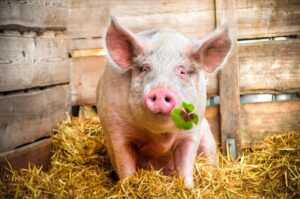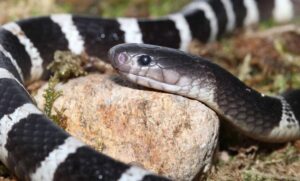In this article, we will take a closer look at some of the most gluttonous animals and the factors that determine how much they need to eat to survive. So, join KnowAllAnimals as we explore the Top 5 Most Gluttonous Animals You Never Knew Existed in the following article!
1. Top 5 Most Gluttonous Animals You Never Knew Existed
Let’s quickly discover some of the most gluttonous animals that you probably never would have guessed. Specifically:
1.1. Blue Whale (Balaenoptera musculus)
- Kingdom: Animalia
- Phylum: Chordata
- Class: Mammalia
- Order: Artiodactyla
- Suborder: Whippomorpha
- Infraorder: Cetacea
- Family: Balaenopteridae
- Genus: Balaenoptera
- Species: B. musculus
As one of the largest animals ever known, it’s no surprise that the Blue Whale is the biggest eater on our planet. An average blue whale weighs around 200 tons and needs 16 tons of food every day.
Despite their enormous size, the blue whale’s food is very small. Their diet consists of krill, which are tiny crustaceans that are high in protein and low in fat. They are also a good source of omega-3 fatty acids.
Blue whales need millions of krill to satisfy their hunger. An average blue whale consumes 16 tons of krill daily. In a single gulp, these marine creatures consume about half a million calories, which is equivalent to the amount of calories an average adult human consumes in 250 days.
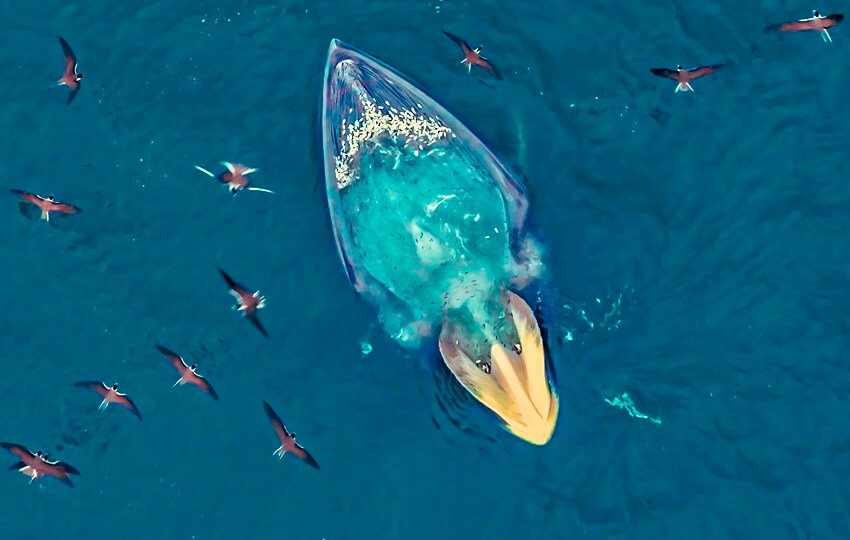
1.2. Burmese Python (Python bivittatus)
- Kingdom: Animalia
- Phylum: Chordata
- Class: Reptilia
- Order: Squamata
- Suborder: Serpentes
- Family: Pythonidae
- Genus: Python
- Species: P. bivittatus
Unlike other gluttonous animals, the Burmese python does not eat frequently. This reptile is one of the largest pythons in the world. It can grow up to 23 feet (7 meters) long and can weigh up to 200 pounds (90 kg).
Like most snakes, the Burmese python has a slow metabolism, so it only needs to eat about once every two weeks. However, its meals are massive. They are known to prey on deer, goats, and even alligators. Their prey is consumed whole, including bones and teeth. A Burmese python can also eat prey that is about 50% of its own size in a single meal.
A unique feature of this snake is that its prey does not need to be entirely in its stomach to be digested. The Burmese python can begin digesting food as soon as it enters its mouth. The entire digestion process typically takes about five to six days, so the animal is not hungry more than once every two weeks.

1.3. Hummingbird (Trochilidae)
- Kingdom: Animalia
- Phylum: Chordata
- Class: Aves
- Clade: Strisores
- Order: Apodiformes
- Family: Trochilidae Vigors, 1825
The Hummingbird‘s appetite comes from its diet. The diet of this creature consists mainly of nectar, which has very little nutritional value. In fact, nectar is essentially sugar water.
Despite the lack of nutrients, nectar is still essential for the hummingbird’s survival. This is because the world’s smallest bird has a higher metabolic rate than any other living creature. Its wings can beat more than 80 times per second, and its heart needs to beat 20 times per second to keep up with this activity.
Hummingbirds expend so much energy in flight that they need to consume twice their body weight in food every day to survive.
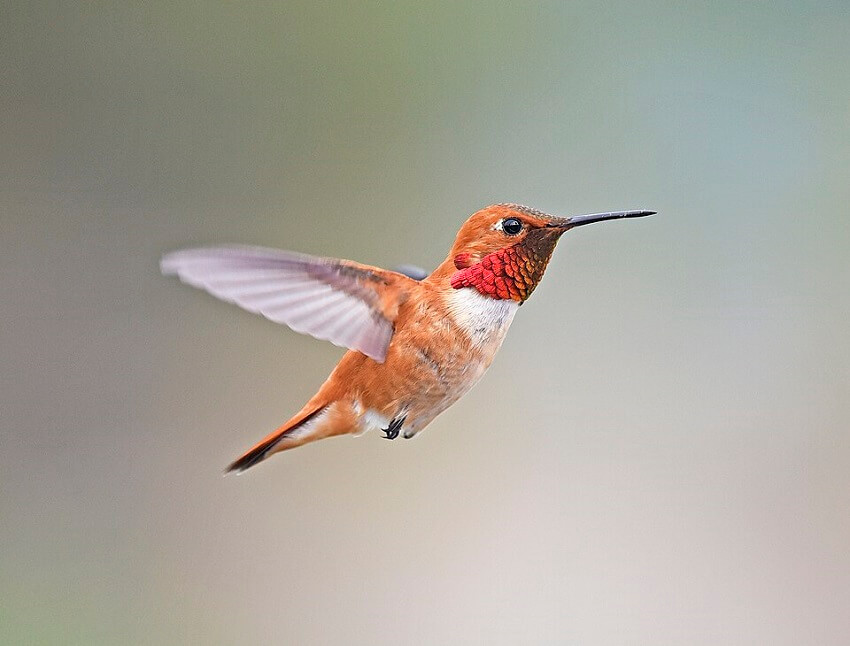
1.4. American Pygmy Shrew (Sorex hoyi)
- Kingdom: Animalia
- Phylum: Chordata
- Class: Mammalia
- Order: Eulipotyphla
- Family: Soricidae
- Genus: Sorex
- Species: S. hoyi
Although this animal is the second smallest mammal on the planet, it is one of the most gluttonous when compared to its size. The American pygmy shrew consumes insects, which gives it a high-protein diet.
This animal has an exceptionally high metabolism, needing to consume an amount of food equal to about three times its body weight every day just to survive. If this shrew is deprived of food for just one hour, it will starve to death.

1.5. Tasmanian Devil (Sarcophilus harrisii)
- Kingdom: Animalia
- Phylum: Chordata
- Class: Mammalia
- Infraclass: Marsupialia
- Order: Dasyuromorphia
- Family: Dasyuridae
- Genus: Sarcophilus
- Species: S. harrisii
The Tasmanian devil is a carnivorous marsupial known for its aggressive personality. It is also famous for its jaw, which is strong enough to crush bones. They will use this ability to eat almost anything, from snakes and birds to other mammals.
A typical Tasmanian devil weighs about 20 pounds (9 kg) and needs to eat 2 pounds (0.91 kg) of food every day. However, this is not enough to satisfy its appetite, as this animal can eat up to 40% of its body weight in a single meal.
Tasmanian devils have small, stocky bodies with shiny black fur, small eyes, and large mouths. These descriptions might make them seem like an unremarkable small animal, but they are actually nicknamed “devils” in the animal kingdom. In fact, Tasmanian devils have a very aggressive temperament; they will attack and tear apart their prey, and even their own kind, without mercy if necessary.
Its mouth can open and close at a 180-degree angle, and it can easily kill prey that is 6 times heavier than its own weight. Scientists have discovered that among animals of the same size, the Tasmanian devil has the strongest bite force. If a Tasmanian devil were the same size as a lion or a tiger, its bite force would be about three times greater.
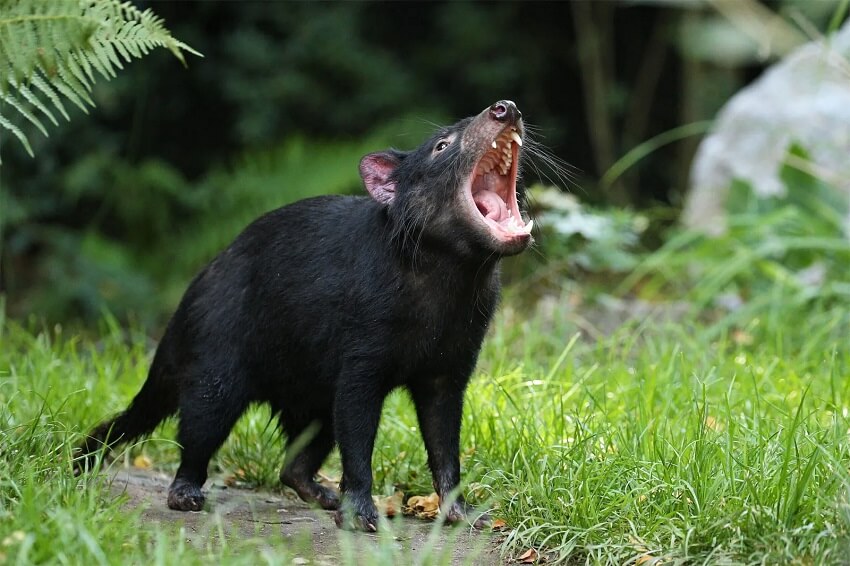
2. FAQs
1. What is the most gluttonous animal in the world?
While it’s tough to crown a single winner, the blue whale is a strong contender. It can consume up to 4 tons of krill in a single day, which is an incredible amount of food relative to any other creature on the planet.
2. Why do some animals eat so much?
Animals become gluttonous for a variety of reasons, often linked to survival. It could be to store fat for hibernation (like bears), to fuel an incredibly large body (like whales), or to sustain a high-energy lifestyle in a harsh environment.
3. Do these gluttonous animals eat constantly?
Not always. Many of the most gluttonous animals, such as bears or crocodiles, eat a massive amount in a short period and then can go for a long time without food. This binge-and-fast cycle is a highly effective survival strategy in the wild.
4. Can an animal really eat until it explodes?
While a full-blown “explosion” is rare, some animals can indeed eat so much that it causes serious internal damage or even death. For example, some snakes have been known to burst after consuming prey that was far too large for their bodies to handle.
3. Conclusion
Gluttony is not just a biological trait, but also a unique survival strategy in the animal kingdom. Learning about these “Most Gluttonous Animals” gives us a deeper insight into how species adapt to their environment. We hope this article from Know All Animals has provided you with interesting and surprising information about the wonderful world of nature!

